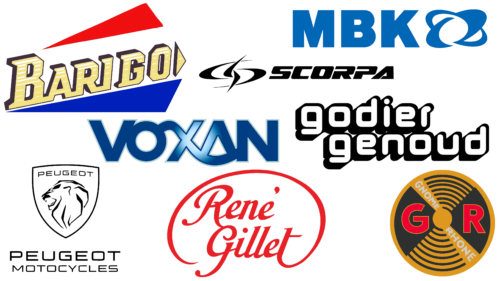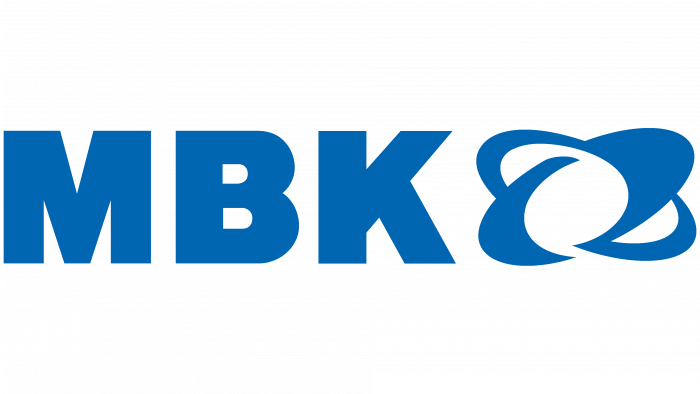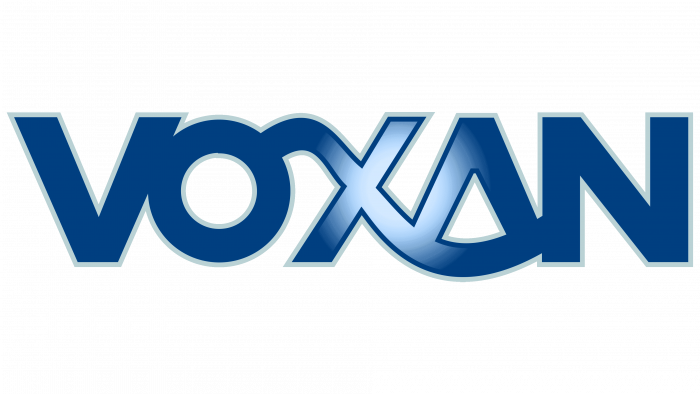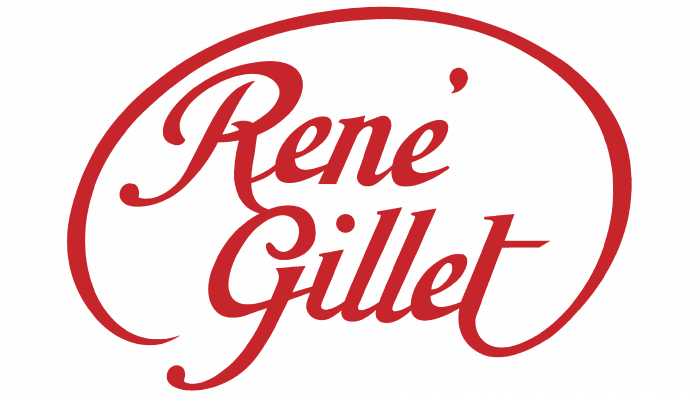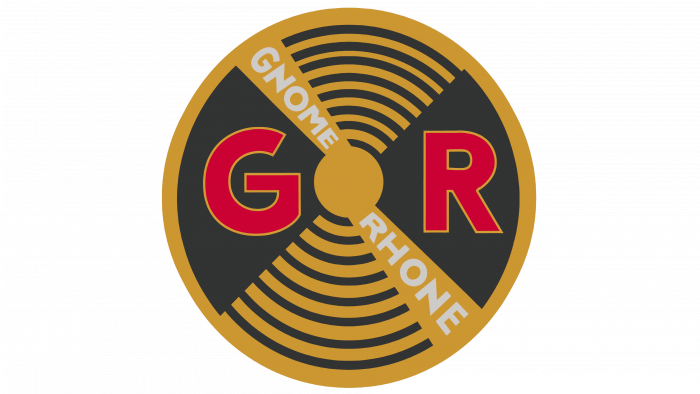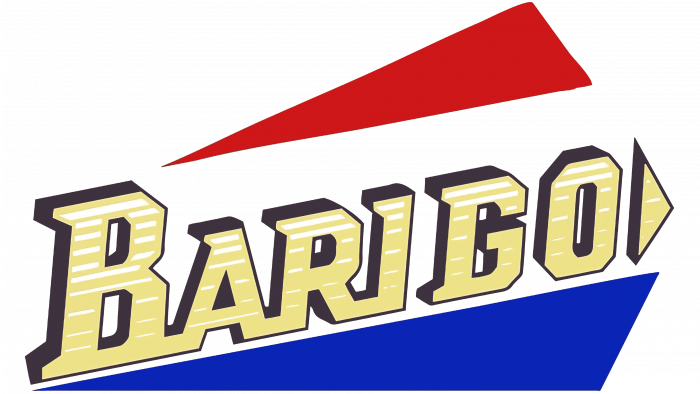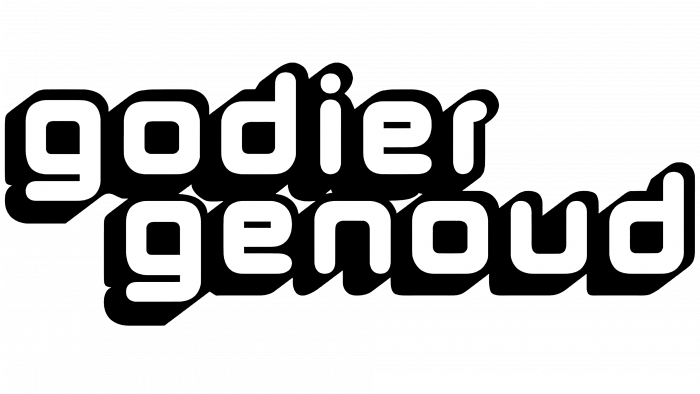The French motorcycle industry has a long history. Like the British motorcycle industry, it arose directly from the popular bicycle workshops of the late 19th and early 20th centuries. But unlike all modern countries, which have taken over the palm in this direction from France, it was here in 1868 that Louis-Guillaume Perrault invented the world’s first motorcycle. Or rather, “steam bike” because one day, tired of pedaling, Perrault took and adapted a small steam engine to his bicycle. Thus, he allowed himself to travel 15 kilometers to work and back effortlessly. As a result, at the beginning of the XX century, France was already a decade ahead of all world brands in developing the motorcycle industry, exporting its machines to all countries, including Japan.
What are French motorcycle brands?
French motorcycle brands include Peugeot, MBK, Motobecane, Voxan, Rene Gillet, Gnome & Rhone, Barigo Motorcycles, Godier & Genoud, and Scorpa. These are both old and relatively young companies.
The middle of the 20th century was a global crisis for the motorcycle industry, affecting this area in France as well. The decline in car prices and the beginning of their widespread mass production led to the emergence of a more comfortable mode of transportation. The crisis led to all French motorcycle brands closing, which could not withstand such strong competition. Only Motobécane and Peugeot tried to stay afloat. However, Motobécane went out of business in the 70s, leaving the market open for Peugeot. In recent years, three new firms have attempted to revive this trend but failed to capitalize on Peugeot’s good fortune.
Peugeot
France – 1898. In the town of Mander, the company’s founder, named after Armand Peugeot, began the production of motorcycles. The range includes scooters and components necessary for repairing motorcycles sold worldwide. However, the scooters became very profitable, which halted motorcycle production until 2010, when the Peugeot P2x Roadster and P2x Cafe Racer came out of the factory’s inventory. However, in 2019, the owners decided to sell the brand to Indian company Mahindra, which makes scooters and tricycles at its sites in France and China.
The company’s trademark, the lion, is known not only to cars and car enthusiasts. Its popularity was promoted by the cult movie “Taxi” by Luc Besson. Over the years of the brand’s existence, its logo has changed, constantly preserving its concept. Lion fil – a logo depicting a heraldic roaring lion standing on its hind legs and characterized by refinement and sophistication of design, remained on the motorcycles produced by Peugeot until the sale of the brand. It consisted of several colors – silver, blue, and black- each with its emotional component and special meaning. The silver color symbolizes innovation and tradition with many years of experience. The black color demonstrated its rigor and authority.
MBK
One of the leading French motorcycle companies, MBK is an offshoot of the oldest French motorcycle manufacturer, Motobecane. Its founders were Charles Benoit and Abel Bardin. The company first introduced a two-wheeled machine with a power plant under its trademark in 1923. After seven years, the company became the largest representative of the French motorcycle industry, becoming one of the world leaders in this field until the fifties of the last century. In the year of the crisis in 1981, the company went bankrupt, and three years later, it was acquired by the Japanese motorcycle company Yamaha. In this case, the brand’s name was reduced to MBK.
The company’s name combines two words – “moto” and “bike.” The new owner changed the logo to three letters, which are used today. Visually, the sign represents these three letters of the abbreviation in bright blue lowercase letters in a font similar in lettering to Shapiro Base Plus. It is complemented by a sign in the form of a circle tilted to one side, symbolizing a wheel, and two hemispheres tilted to the other side, which creates a visual perception of the mark as a symbol of the perpetual motion machine of the atom, depicted schematically.
Voxan
The young French brand Voxan made its name in 1995. Its founder, Jacques Gardette from Issouar, wanted to realize his idea of an original motorcycle, a unique design with a V-shaped engine with two cylinders. Sodemo Moteurs was responsible for the engine, and Alain Chevalier for the chassis. The company’s main focus was the transition to electric motors. In 2009, the brand was sold to Venturi of Monaco, owned by Gildo Pallanca. Venturi Automobiles continues to develop Voxan motorcycles in the same direction, with the launch of the first Wattman electric motorcycle in 2013.
The brand stands out not only for its design and engine type. Its logo is also original in execution and has a spectacular visual design. It is based on the brand name itself – Voxan, made in lowercase letters, in which the accent element is the letter “X.” This symbol is made with the connection of the letters “O” and “N,” at the same time forming a crossbar “A,” reinforcing the impact. At the same time, the “rainbow” color in a gradient design from “Death Indigo” through changing shades of blue-gray, periste, lavender, and again blue-gray and indigo provides a strong visual impact. Agility Std Heavy was taken as a base and given a design treatment.
Rene Gillet
The famous French motorcycle manufacturer Rene Gillet produced motorcycles from 1897 to 1957. Initially, its production was located in Paris. Then, in the factory suburb – Monrouge, on the banks of the Seine. The first two-wheeled “horse” was produced in 1902, and in 1904, the owner registered his first patent. Success came in the twenties of the last century thanks to government orders. However, the war years led to a decline in production. The lack of new developments drastically reduced sales. 1955 Peugeot bought the company, and it closed completely five years later.
The French style of that time influenced the formation of the brand’s emblems. The lightness and delicacy of the design of vaudeville posters and Moulin Rouge posters did the text. In deep red, the light and floral typeface matched the lightness and flashiness of the motorcycle’s design, attracting fans even more than the features. The two words of the brand name were arranged in a staggered pattern, one below the other. They were united by an arc, which smoothly, as a continuation of the leg of the letter “t,” went up around the whole text, ending before the beginning of the first letter of the second word. The arc was made of different thicknesses. It increased and then faded towards the end.
Gnome & Rhone
Almost all French, not only French, airplanes of the early XX century were equipped with Gnome & Rhone engines, bringing them worldwide fame back in 1914-1918. After the end of hostilities, the company’s capacity allowed them to open production of motorcycles, which expanded their interest in the civilian market. However, the outbreak of World War II required new developments in aviation. The company worked for the German Luftwaffe, which made it necessary to cease its operations under direct and accurate Allied bombing. In 1945, its operations were discontinued, except for the small-scale production of motorcycles and bicycles, which Snecma took over in 1949.
The company’s emblem accurately reflected its core business. The circle, symbolizing the movement of propeller blades, in which the central part was occupied by a stylized image of an airplane cabin with two departing from its propellers, was made in light brown. This symbolized the wooden material from which airplanes were assembled at that time. In contrast, the inner free field was black, symbolizing assertiveness and steadfastness in pursuing the goal. Later, this color acquired a different interpretation – associated with the development of the Luftwaffe, whose uniforms had the same color. To the right of the upper blade and the left of the lower blade were segments with brown stripes, creating the illusion of the propeller rotation. The brand name went from top to bottom, along with the blades. In the remaining two free sectors to the right and left of the propeller, filled with black, the first letters of the name were applied in red, which allowed us to compare this color combination with the colors of the flag of Nazi Germany.
Barigo Motorcycles
The brand’s founder in 1973 was Patrick Barigo, a former motorcycle racer from the French Thouars. The failures that followed throughout the athlete’s career pushed him to create his motorcycle to ensure victory. His first step was an attempt to create a machine based on the Bultaco 250 in 1976. However, favoring the four-stroke engine type, he modernized the chassis, becoming the first in the world to create such a model. Subsequent victories in races on his motorcycles increased interest in the brand. 1986 was the year of the appearance of the Tanagra supermotard. However, financial problems hampered the development of the company. In 1993, he surprised the world again by creating two models purchased by the police. But in 1997, the company closed down.
The Barigo logo was simple and laconic. The brand name was inscribed in the contours of the French flag in the form of a stylized arrow pointing forward. The text was broken down into several elements. All letters at the beginning of the word “Bari” were connected, and the last two letters were separated as if forming the English word “go,” which added a semantic load about moving forward. The text was inscribed in the middle white part of the flag, pointing from bottom to top, symbolizing this movement. The background color of the letters is light beige with white strokes, stylized as a headwind characterizing high speed.
Godier & Genoud
For 25 years—from 1970 to 1995—French riders Georges Godier and Alain Genoud modernized Kawasaki and Honda motorcycles. They changed the wheelbase to a trackbase. In the modernization process, they used an engine of their design. However, such machinery was not in demand. As a result, the 1990s became the last attempt to realize their ideas profitably. At this time, another fast road customs was created, but with the same result. In 1995, the brand was closed down.
The owners paid little attention to the visualization of their brand. An emblem was created and placed not only on motorcycles but also on office stickers and signs of the company’s production department. It was a text consisting of 2 words – the founders’ surnames. Written in capital letters, “godlier generous” in 2 lines with a shift of the second word to the right by one sign relative to the upper one, the text was not characterized by intricacy and special attractiveness. Graphically, it was made volumetric by forming shadows with the help of a mat. Simplicity and laconism remained in the memory of those who had time to get acquainted with some types of brand products.
Scorpa
One of the youngest in the history of the French motorcycle brand is Scorpa, which first announced itself in 1993. The production was based around the town of Alès. Founded by Marc Teysier and Joel Domergue, the company was developing trial motorcycles designed specifically for the sport of the same name – performing difficult tricks and overcoming obstacles. In 1994, the first model, WORKS 294, was released. However, the company was liquidated due to internal conflict in the summer of 2009. But in the fall, Marc Teissier bought back the brand and by 2010 is preparing to release several new models at a new address – Ales, Nîmes.
The brand was represented by an emblem consisting of a stylized image of a scorpion preparing to strike and the brand name underneath. The text and the mark were rendered in black, the color of the future, a symbol of renunciation in the name of victory, of unrestrained pursuit of the goal. The font chosen for the visualization – Personalization Regular – was redesigned to match the company’s spirit better. All the letters were slanted to the right, symbolizing the starting tension and acceleration. The letters “P” and “P” “lost some of their legs,” causing the gap to merge with the blank interior of the letterheads, creating a stylized look of high-speed movement. The letter “A” is made as a starting “shoe.”
FAQ
What are the top motorcycle brands in Europe?
In 2023, the motorcycle market in Europe showed impressive growth, with sales increasing by 24.2% to 2.56 million units across 38 countries. Several brands achieved notable sales figures.
Honda led the market with a significant increase in sales of 40.9%. The brand is known for its reliable, well-designed motorcycles, appealing to many customers.
Yamaha followed closely behind, with sales growth of 12.8%. It is particularly strong in urban mobility and sports, making it a popular choice in Europe.
Italian manufacturer Piaggio showed less growth at 1.2%. Despite this modest increase, the brand maintains a strong position, especially in the scooter market, with its iconic Vespa and Piaggio models known for their style and performance.
Cuba saw the sharpest increase, with sales jumping 154.1%. Despite having a smaller market share, Cuba quickly became popular thanks to aggressive marketing and competitive prices.
BMW showed growth of 5.6%, maintaining its status as a premium brand. Known for its luxurious and modern motorcycles, BMW continues to attract a more affluent customer base.
Are motorcycles common in France?
Motorcycles are very popular in France. The country’s beautiful regions, from the Alps to quiet villages, are great for motorcycle trips. France is suitable for both beginners and experienced motorcyclists. Many people in France love motorcycles, which can be seen in how hospitable they are to bikers.
France has good support for motorcyclists, including many bike servicing places and a network of dealerships and repair shops. The country’s laws help make motorcycle riding safe but not restrictive, allowing riders to enjoy the experience.
Does France make motorcycles?
France produces motorcycles, but its industry is not as large as other countries. The most famous French brand is Peugeot, which is known for its scooters and small motorcycles. The motorcycle industry in France is relatively small, with many French manufacturers having stopped production or struggling to compete with larger international brands.
Are motorcycles popular in France?
Motorcycles are very popular in France, even more so than in many other European countries. Many French people own motorcycles, which can be seen on city streets and country roads. Most motorcycles in France are imported because, apart from Peugeot, there are few motorcycle manufacturers in the country.
